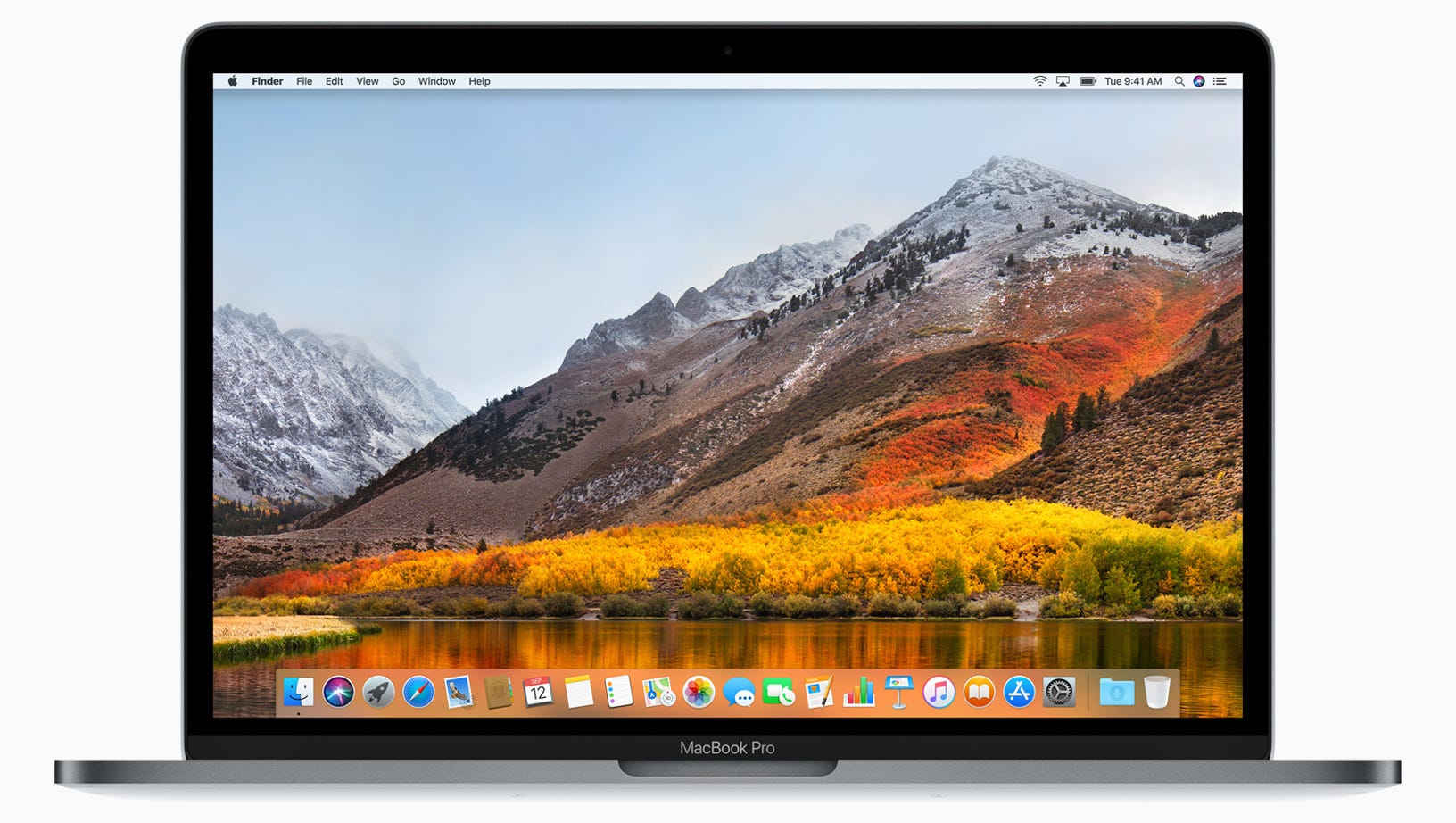
Previously it was only proper to run a proper Time Machine server using macOS Server, unless you were willing to use a workaround. Speaking of the Advanced Options: you can now set up your Mac as a networked Time Machine drive. RELATED: How to Set Up Your Mac to Act as a Networked Time Machine Drive This is by no means a feature complete replacement for what was offered by macOS Server, but it gets the major features, and it’s more than non-Server users had before. You also have the option to allow or block guest users, and only allow encrypted connections. If youshare a folder on a macOS Extended (HFS+) drive, you’ll still have the option for AFP. AFP is incompatible with APFS, Apple’s new file system, so that option will be greyed out on APFS drives, as shown above.

RELATED: APFS Explained: What You Need to Know About Apple's New File SystemĪFP was Apple’s proprietary protocol SMB is the open source, windows-compatible protocol Apple now recommends. The first field will ask whether you’re sharing over SMB, AFP, or both.

Right click a shared folder, then click “Advanced Options” to find them. The preference pane has a few new advanced features, previously exclusive to Server, in order to ease this transition. Instead, everything to do with file sharing is found in System Preferences under Sharing. It’s weird, but the latest version of macOS Server doesn’t offer local network file sharing.


 0 kommentar(er)
0 kommentar(er)
